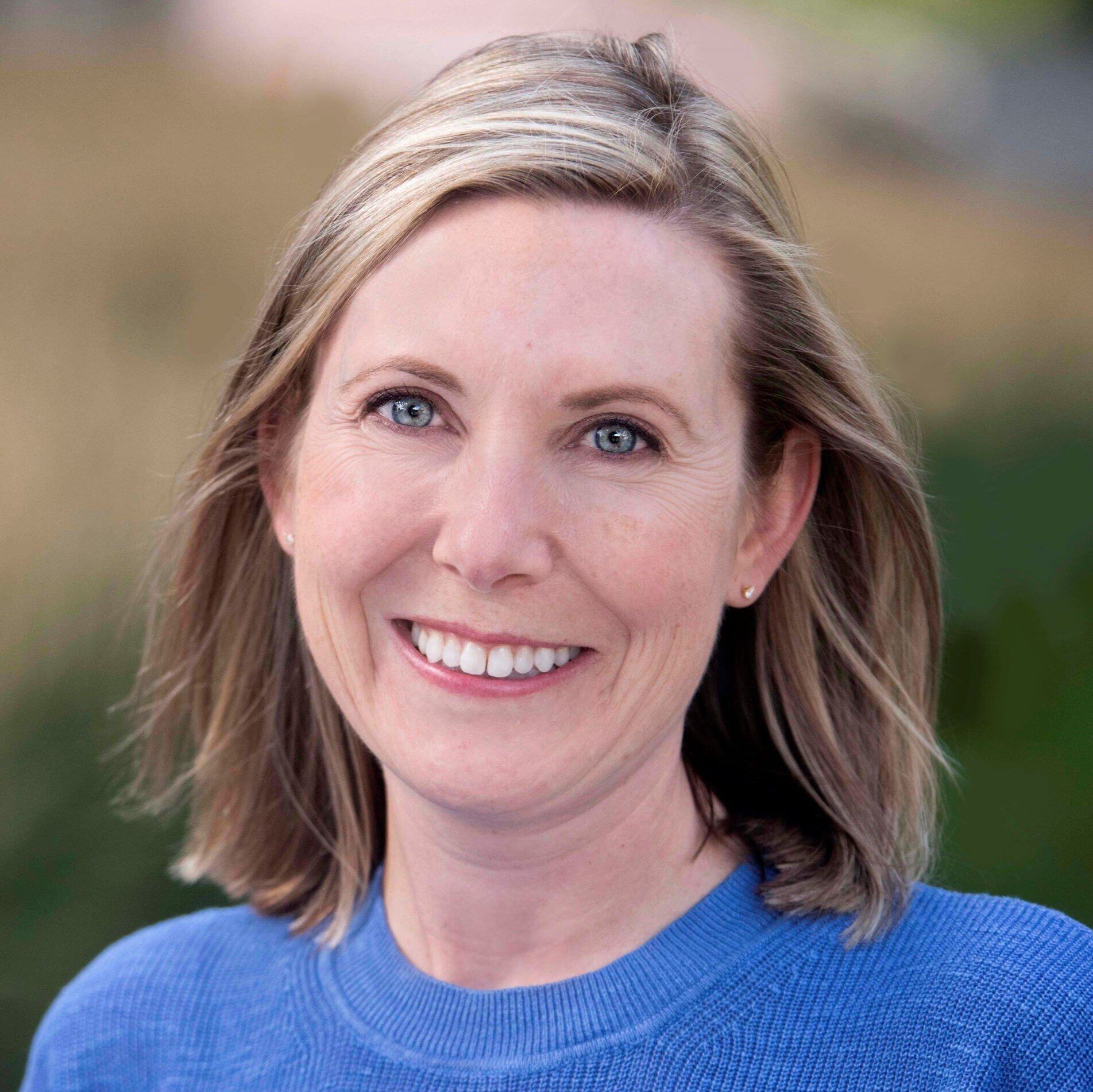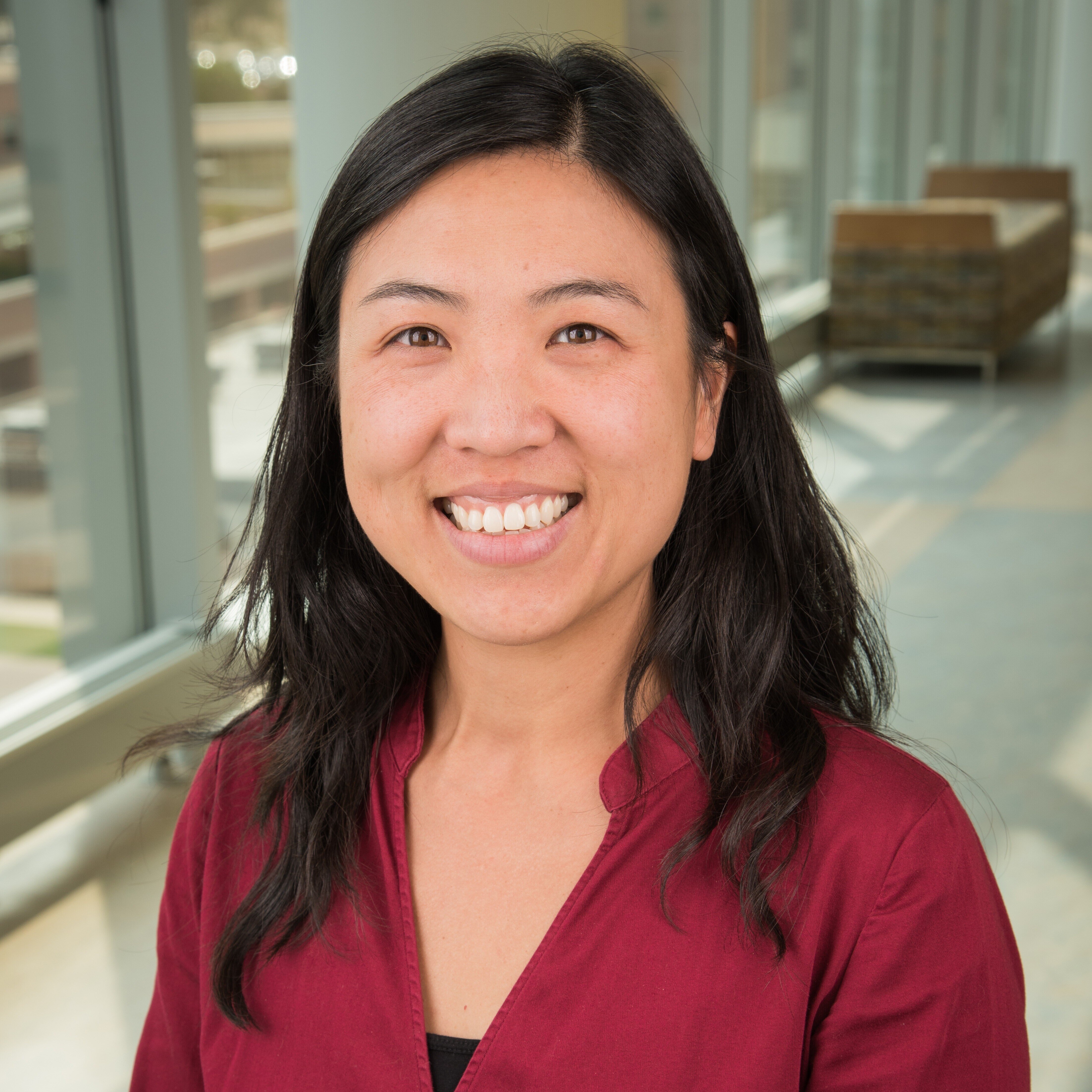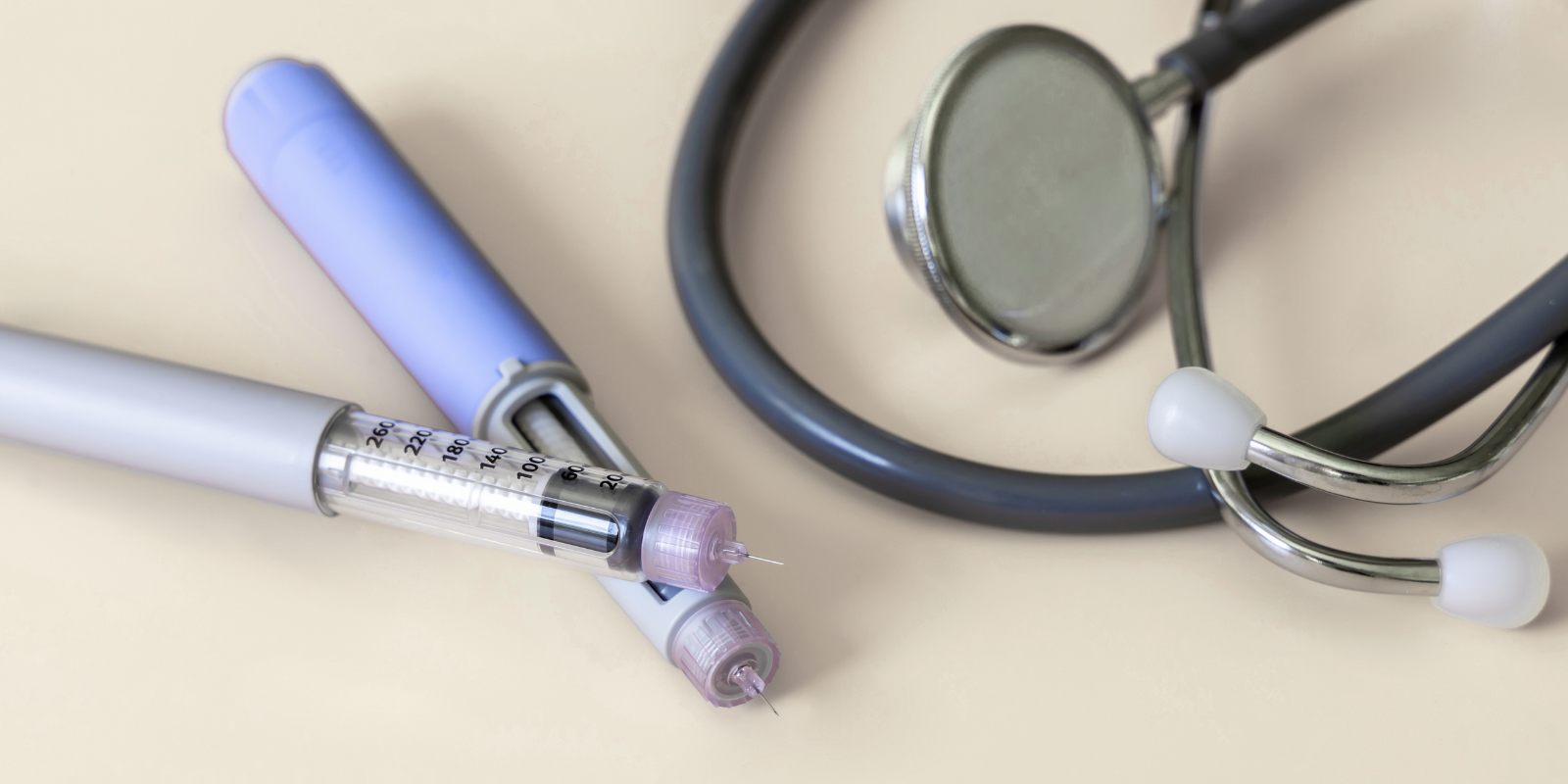Recently published research led by the University of Colorado Anschutz Medical Campus examined the prevalence — and impact — of physicians’ ethical or religious barriers to their involvement in medical aid in dying (MAiD), a multi-step process where a physician provides a terminally ill adult with decision-making capacity with a lethal dose of medication to end their life.
The research article, “Conscience-Based Barriers to Medical Aid in Dying: A Survey of Colorado Physicians,” was published this May in the Journal of General Internal Medicine. It shows that 26% of physician survey respondents reported large ethical and/or religious barriers to their involvement in MAiD.
Despite these barriers, the research suggests these conscience-based barriers do not appear to affect these physicians’ willingness to discuss medical aid in dying with their patients. However, they are much less likely to have any direct participation in it — being significantly less likely to serve as a consulting or attending physician — compared to physicians without these barriers.
Informing public policy
As legislators and health leaders across the nation continue to debate policies related to medical aid in dying, research like this is vital to making informed decisions.
“Medical aid in dying is under consideration in a number of states, and it comes up every legislative session. You cannot make policy around things that are not well understood, and so it was critical to gather data to better understand what's going on,” says Mika Hamer, PhD, MPH, the first author on the paper and a post-doctoral research fellow with the CU Center for Bioethics and Humanities. “It is important to look at the actual behaviors of physicians. This research offers essentially the first look into what is happening on the ground in a previously hidden and difficult-to-study population.”
For Hillary Lum, MD, PhD, a co-author of the paper and associate professor in the CU Division of Geriatric Medicine, getting involved in this research was important to her as a geriatrician and palliative medicine physician, given that questions about MAiD may arise when caring for older adults with serious illnesses.
“Medical aid-in-dying was legalized in 2016 in Colorado, but physician experiences providing care for patients seeking MAiD was under-studied,” Lum says.
A reason for the lack of data is because there are extensive protections in place for physician and patient privacy. As a result, the vast majority of data that exists are from qualitative studies or surveys of the general physician population.
“There is a long-standing debate around MAiD — the legality, the ethical appropriateness, the morality — and people have extremely strong opinions about it. But when we let those really strong opinions drive policy, rather than empirical data, we run the risk of implementing misguided policy that is more amenable to the cultural sentiment or social context at the time,” Hamer says.
To gather data about this important issue, researchers used anonymized, aggregate information on the 554 patients known to have received a MAiD prescription in Colorado from 2017 to 2020 and then identified the clinical conditions most prominent in this patient population. The research team then determined which physicians in Colorado were providing care to patients likely to qualify for MAiD based on their clinical conditions and sent them an anonymous survey regarding their willingness to provide MAiD and actual prior participation in MAiD. Ultimately, 300 physicians responded.
Since then, researchers have published several papers about the study, including: a scientific report about the research methodology; an analysis of physician’s attitudes and experiences; an examination of their perspectives on disclosure, presence, and eligibility; and the use and influence of medical aid in dying service on physician experiences.
“We felt there was an opportunity to look at this untapped aspect of the survey research. We had a hunch that there was something about ethical or religious barriers that may be different than other types of barriers physicians faced, like lack of time or fear of stigma,” Hamer says.
“We wanted to understand what these physicians have actually done when faced with these decisions, and we had a unique opportunity to measure that and lend some empirical data into what is a very contentious topic — but one that’s really quite understudied as far as hard data goes,” she adds.
Lum agrees with Hamer, saying: “In the absence of data, it’s easy to make assumptions — either that there are many physicians who have a conscientious objection to MAiD, or that there are few.”
“Thus, this study was important to actually measure the percentage of physicians who have a religious or ethical reason for not participating in MAiD activities,” Lum adds.
What the research shows
Out of the 300 survey respondents, 26% of physicians likely to care for MAiD-eligible patients in Colorado reported large ethical and/or religious barriers to participating in MAiD activities.
The survey also shows physicians with a longer time in practice and those identifying as non-white were more likely to report these conscience-based barriers.
Hamer said she was surprised that the survey data shows the physicians with these conscience-based barriers are still willing to participate in some aspects of the MAiD process. Specifically, when comparing physicians with and without these barriers, there was no difference in ancillary participation, meaning having discussions about MAiD or referring patients to other providers.
However, there were significant differences regarding direct participation in MAiD. To be eligible for MAiD, a patient must have decision-making capacity and a prognosis of less than six months to live. This prognosis must be independently verified by two physicians — an attending and consulting physician.
The survey found that only 5% of physicians with conscience-based barriers had served as a MAiD consultant, as compared to 31% of physicians without conscience-based barriers. When it came to serving as a MAiD attending, no physicians with conscience-based barriers had served in this role compared to 21% of physicians without these barriers.
“Participation looks different for different people. As far as consulting or attending, which are much more active roles that may involve writing prescriptions or doing evaluations — that’s where we start to see those barriers really show up in terms of changes in behavior,” Hamer says.
Lum says, “I think this emphasizes the importance of the relationship between physicians and patients. Whether a physician is willing to discuss, refer, serve as a consulting physician, or serve as a MAID attending physician is likely to vary. And there may be different reasons and situations related to the individual patient.”
Both Hamer and Lum noted that this study was limited in its sample size, highlighting the need for further research. With regard to conscience-based barriers, Hamer says it is important to distinguish that these “are not necessarily barriers to be overcome in the traditional sense of barriers.”
“We really see this as a space where physicians need accommodation — not intervention to help change their mind around this barrier,” Hamer says. “It calls for continued protection of physician rights to conscientiously object or not participate in a service to which they have deeply held, conflicting beliefs.”
There is also a need to better understand what support systems and processes need to be in place in clinics or hospitals to help support those physicians who have religious or ethical barriers. For instance, perhaps a formal referral process could be created so that physicians with these barriers can be involved in the beginning stages of MAiD, but when it comes to the more active roles, there is an established team the patient can be referred to.
“We must have protections in place and processes to support these physicians while ensuring patients are able to get the care they desire,” Hamer says. “It is something that needs to be considered especially as the legality of MAiD potentially expands. We need a balance between protecting physicians’ rights and preserving patient access.”





